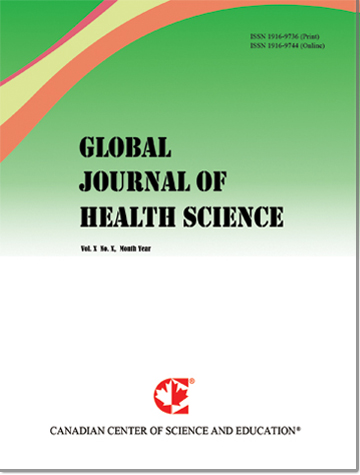Traditional Arabic & Islamic Medicine (TAIM): Principles of Dietary Practices and the TAIM Food Pyramid
- Sara N. AlRawi
- Suzanna M. Zick
Abstract
Middle Eastern and Mediterranean culinary tradition and dietary practices are used interchangeably due to geographical proximity and similarities in their cuisine. While these regions share historical impact and cultural exchanges there are differences that delineate each region’s dietary influences. Dietary practices are one of five core elements of an overarching Traditional Arabic and Islamic Medicine (TAIM) conceptual framework, yet current dietary guidelines are lacking. We introduce the TAIM food pyramid as a visual representation of TAIM’s historical and regional nuance, illustrate dietary patterns, and provide a cultural competency strategy. We used Oldways as a model for creating the TAIM food pyramid while illustrating its extension of a wholistic paradigm representing the medical and indigenous traditions, beliefs and practices of a geographic region and cultural community. We focus on two important aspects: historical roots of traditional Arabic Medico-Culinary cuisine coupled with Islamic medicine and influences of Prophetic tradition on foods. The TAIM food pyramid is an illustration of a healing tradition emphasizing sound nutrition, food safety, social connection, community and sustainability. The pyramid is similar in structure to global traditional healing diets within the context of culture and lifestyle of the Middle East and North African communities. Despite trends in research focusing on the Mediterranean diet, little is known about the Middle Eastern diet. The absence of a TAIM food pyramid is a clear gap in research and a missed opportunity for further analysis. Health care delivery that is culturally competent improves health equity and translates to patient centered, whole-person care.
- Full Text:
 PDF
PDF
- DOI:10.5539/gjhs.v17n2p36
Journal Metrics
- h-index: 88 (The data was calculated based on Google Scholar Citations)
- i10-index: 464
- WJCI (2022): 0.897
- WJCI Impact Factor: 0.306
Index
- Academic Journals Database
- BASE (Bielefeld Academic Search Engine)
- CNKI Scholar
- Copyright Clearance Center
- Elektronische Zeitschriftenbibliothek (EZB)
- Excellence in Research for Australia (ERA)
- Genamics JournalSeek
- GHJournalSearch
- Google Scholar
- Harvard Library
- Index Copernicus
- Jisc Library Hub Discover
- JournalTOCs
- LIVIVO (ZB MED)
- MIAR
- PKP Open Archives Harvester
- Publons
- Qualis/CAPES
- ResearchGate
- ROAD
- SafetyLit
- Scilit
- SHERPA/RoMEO
- Standard Periodical Directory
- Stanford Libraries
- The Keepers Registry
- UCR Library
- UniCat
- UoB Library
- WJCI Report
- WorldCat
- Zeitschriften Daten Bank (ZDB)
Contact
- Erica GreyEditorial Assistant
- gjhs@ccsenet.org
